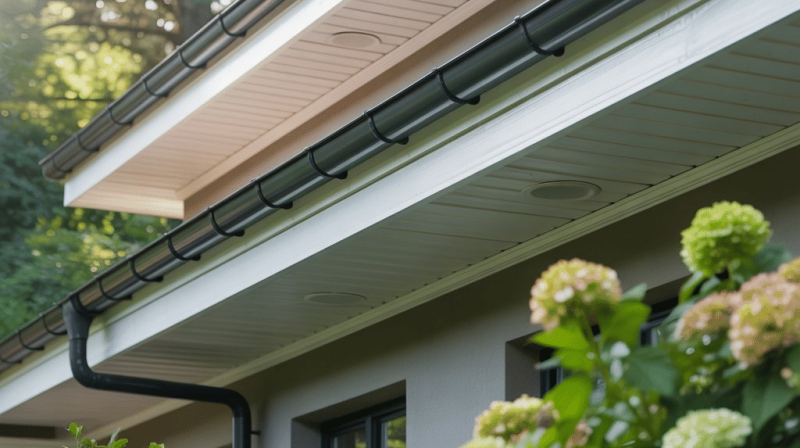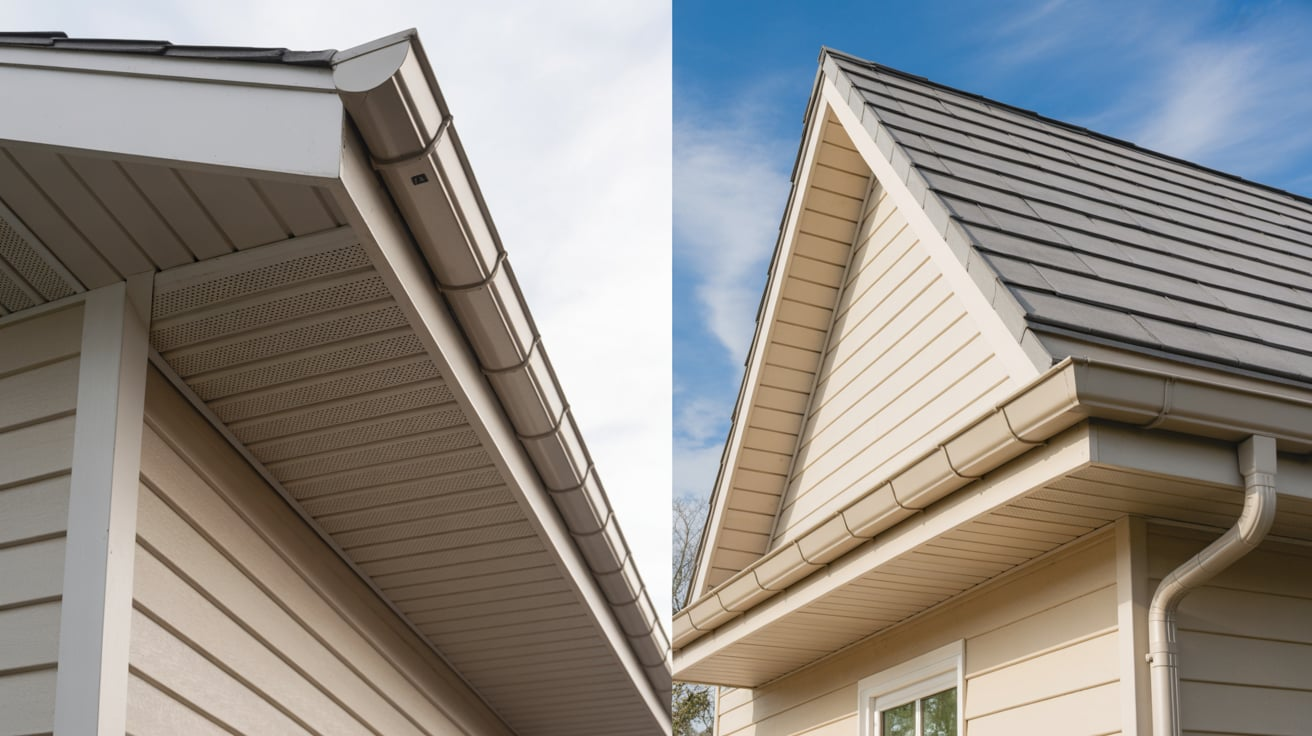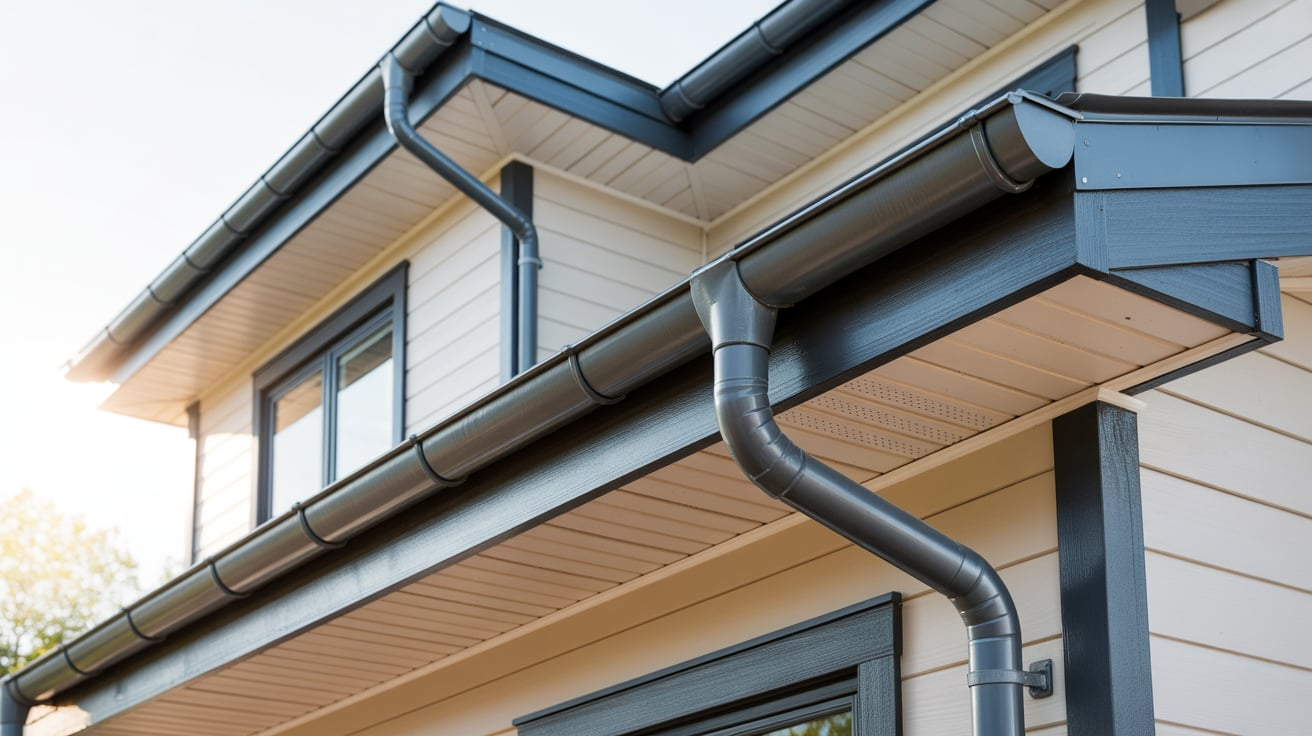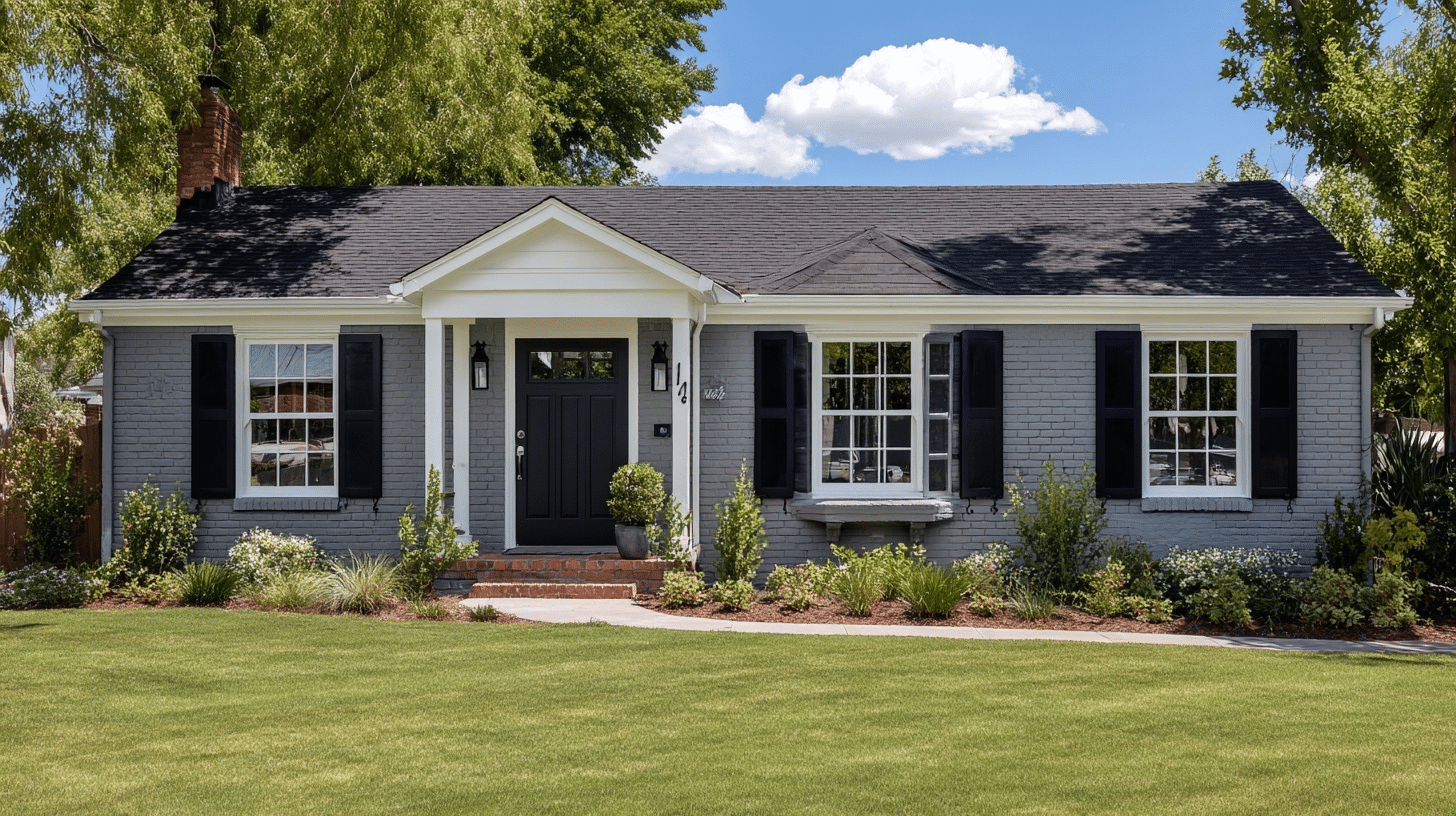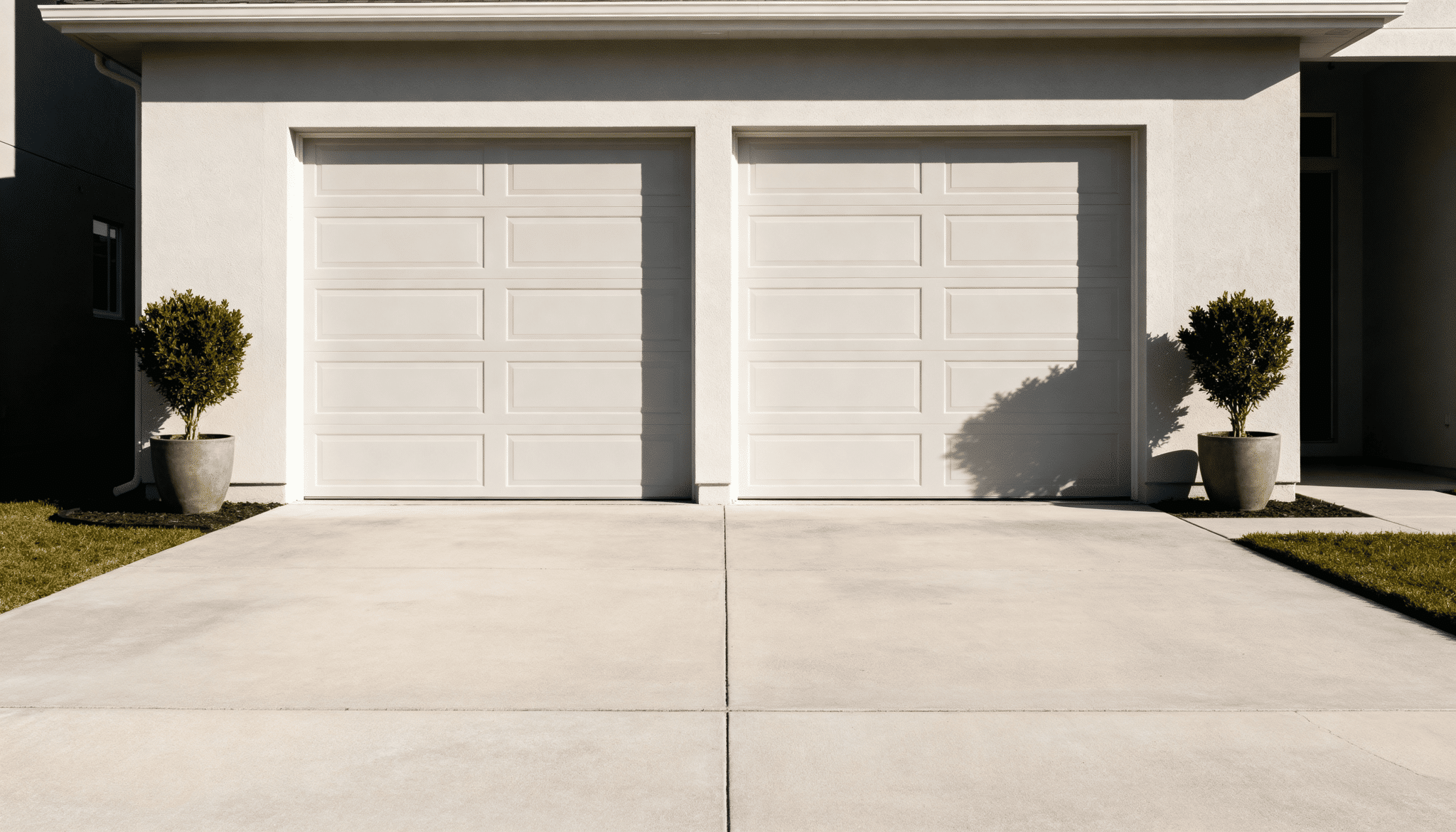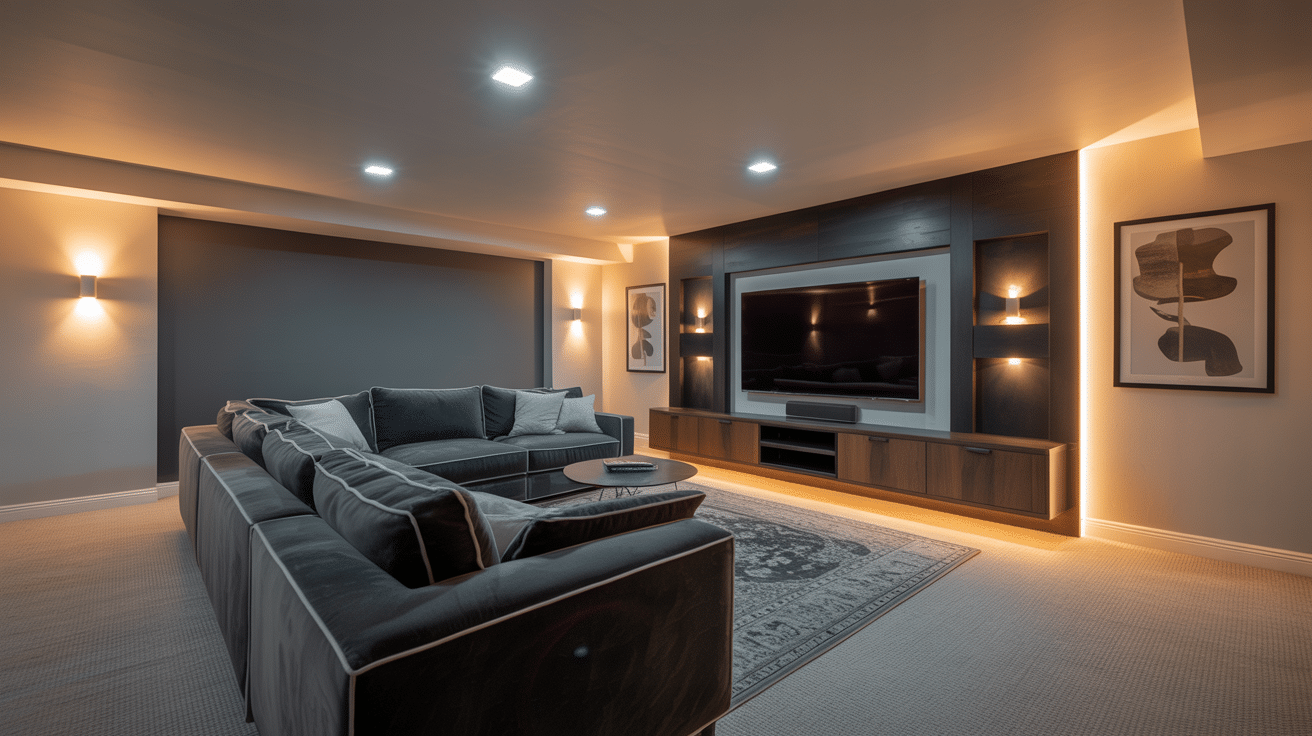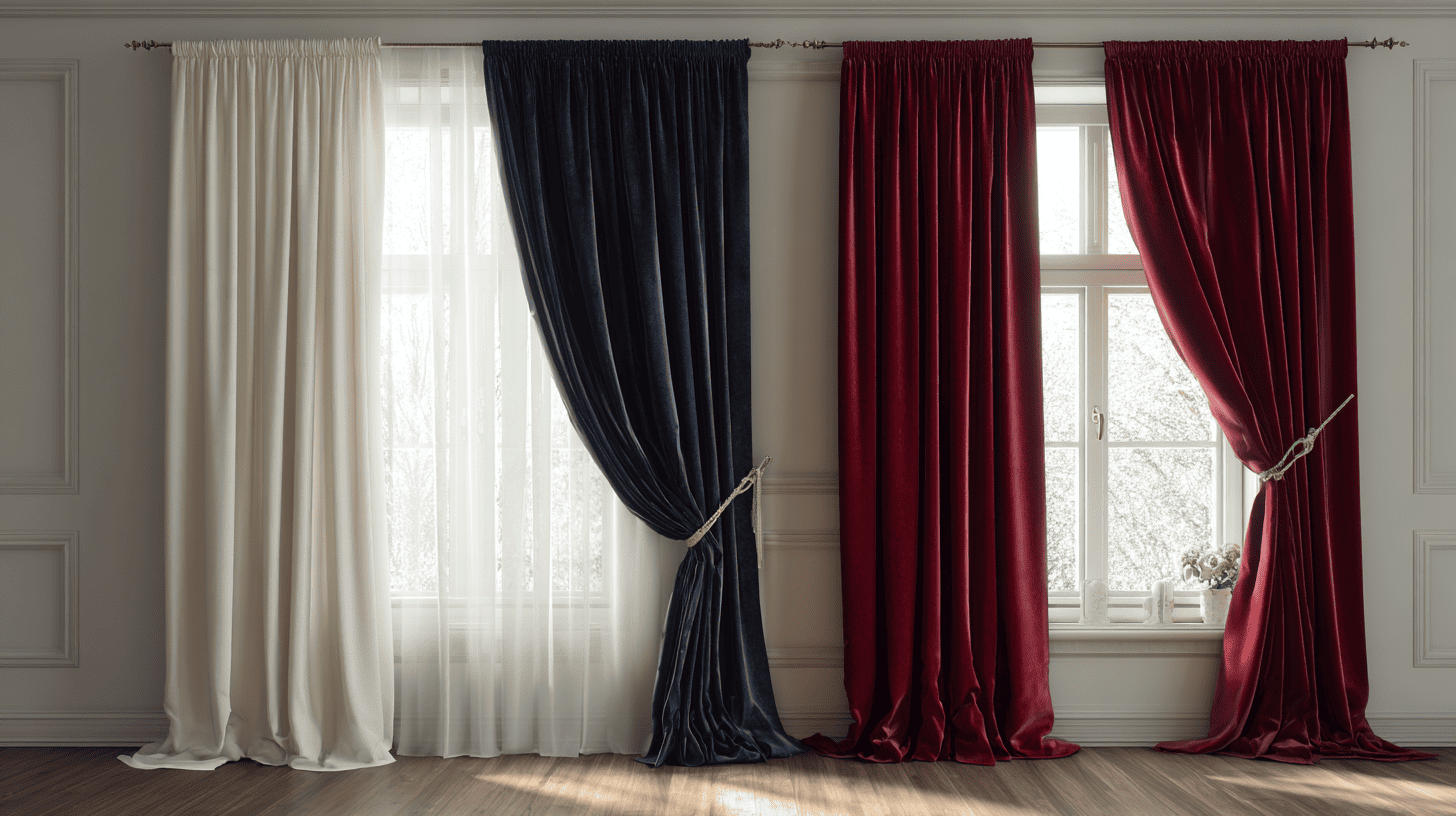I had no idea what soffits and fascias were until my contractor started throwing around these terms. I nodded along, pretending to understand, but inside, I was utterly lost.
Turns out, these are just fancy names for parts of your house you see every day but never really notice. It’s kind of like how you don’t think about your elbows until someone mentions them.
Soffits and fascias are the unsung heroes of your roofline. They’re doing important work up there, and honestly, they deserve more credit.
Today, I’m here to clear up any doubts you may have about them. Ready to become a roofline expert too?
Understanding Soffit vs Fascia
Let me break down soffit vs fascia in a way that makes sense. I like to think of your roof as wearing a hat.
The fascia is like the brim of the hat: it’s the board that runs along the edge of your roof. The soffit is like the underside of that brim; it’s what you see when you look up from underneath.
What is Fascia?
Fascia is the vertical board that sits right at the edge of your roof. It’s usually about 6-8 inches wide. It’s where your gutters attach, so it’s pretty essential for keeping water away from your home.
Think of fascia as the finishing touch on your roofline. It covers up all the rough edges where your roof meets the outside wall. Without it, your house would look unfinished and messy.
What is Soffit?
The soffit is the horizontal surface under your roof’s overhang. Stand under your roof’s edge and look up – that’s your soffit! It usually has little holes or vents in it.
These aren’t decorative. They’re super important for ventilation.
Most soffits are made from vinyl, aluminum, or wood. Some are solid, some are vented, and some are partially vented. The choice depends on what your attic needs for proper airflow.
Key Differences at A Glance
Here’s a quick cheat sheet to help you remember soffit vs fascia. I wish someone had given me this breakdown when I was first learning about these roof parts!
- Location: The fascia is vertical at the roof edge, and the soffit is horizontal underneath
- Visibility: you see the fascia from the side, soffit from directly below
- Function: Fascia supports gutters, soffit provides ventilation
- Attachment: gutters hang from the fascia, and the soffit connects the fascia to the house wall
- Maintenance: fascia gets more weather damage, soffit deals with pest issues
Importance of Soffit and Fascia
I used to think these were just decorative trim pieces. Then, I learned what happens when they fail. Trust me, you don’t want to find out the hard way!
Why Fascia Matters
Your fascia is holding up your gutters. No fascia means no place to attach gutters. No gutters means water dumps right off your roof onto your foundation.
That’s a recipe for expensive basement flooding and foundation damage.
Fascia also protects the exposed ends of your roof rafters from weather damage. Rain, snow, and sun can quickly rot wooden rafters without protection.
Replacing rotted rafters costs way more than maintaining fascia.
Why Soffit Matters
The soffit is your attic’s ventilation system. Those little holes aren’t just for decoration; they allow air to flow into your attic, keeping it cool. This prevents moisture buildup that can lead to mold, rot, and ice dams in winter.
Without proper soffit ventilation, your attic becomes a swamp in summer and an icebox in winter. Additionally, moisture problems can compromise your roof’s structural integrity from the inside out.
What Happens When They Fail
- Rotted Fascia: Gutters fall off, water damage, expensive repairs
- Damaged Soffit: Poor ventilation, moisture problems, pest infestations
- Both Failing: Structural damage, mold growth, significant renovation costs
- Ignored Maintenance: Small Problems Become Huge, Expensive Disasters
Types of Soffit and Fascias
When selecting the proper soffit and fascia for your home, it’s essential to understand the various types and materials available. Each option serves a unique function and complements multiple structural styles.
Below is a comparison of three common types of soffits and fascias, highlighting their ideal uses and benefits.
| Component | Type | Material | Best For |
|---|---|---|---|
| Soffit | Vented | Aluminum, Vinyl, Wood | Ventilation in humid climates |
| Solid | Aluminum, Vinyl, Wood | Cold climates, pest control | |
| Continuous | Aluminum, Vinyl | Modern homes, large roofs | |
| Fascia | Standard | Wood, Vinyl, Aluminum | Traditional homes, low maintenance |
| Capped | Aluminum, Vinyl | Clean, sleek appearance | |
| Fascia Soffit Combo | Wood, Vinyl, Aluminum | Sleek, modern design |
How to Use Them Together for Your Home
Here’s where it gets interesting. It’s not always soffit vs fascia; they work as a team. You can’t have one without the other.
But you can use them to make your house look amazing while keeping it protected.
Choosing Materials that Work Together
I always recommend matching your soffit and fascia materials: vinyl with vinyl, aluminum with aluminum, and wood with wood. Mixing materials can look weird.
Color coordination is vast, too. You want them to complement each other, not compete. Most people go with white or a color that matches their trim. But you can get creative if your house style allows it.
Ventilation Strategy
Your soffit and fascia need to work together for proper attic ventilation. The soffit brings air in, and ridge vents at the top of your roof let it out. This creates a natural airflow that keeps your attic healthy.
Make sure your soffit vents aren’t blocked by insulation or debris. I see this all the time; people install insulation and accidentally cover their soffit vents. That defeats the whole purpose!
Maintenance Made Easy
Clean your soffit and fascia at least once a year to maintain their appearance and prevent damage. Use a garden hose and mild soap.
Check for damage while you’re at it. Minor problems are cheap to fix. Big problems are expensive nightmares. Look for peeling paint, loose boards, or clogged vents.
And We’re Done
Soffit and fascia may seem like mundane house parts, but they’re pretty important. They protect your home, improve ventilation, and give everything a finished and polished look.
The key is understanding that they work together. You can’t just focus on one and ignore the other. They’re a team, and they need to be treated that way.
Now that you understand the difference, you can communicate with contractors without feeling lost.
And most importantly, you’ll know when something needs attention before it becomes a significant problem.


